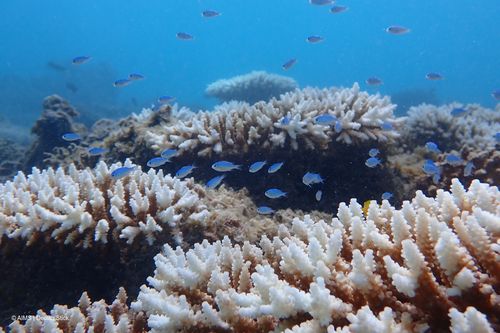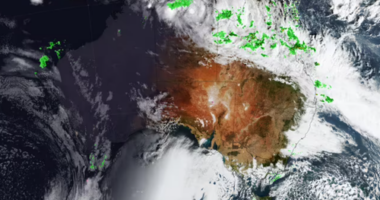Share this @internewscast.com
A prolonged marine heatwave has caused the worst coral bleaching event on record for Western Australia, according to a new report.
The Australian Institute of Marine Science has reported extensive coral bleaching and mortality over a 1500km stretch of coastline, spanning the entire state from Ashmore to the Ningaloo Reef.
But scientists warned that it would still take months to understand the full extent of the event.
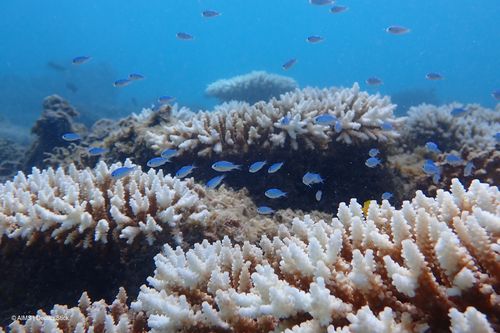
“A bleached coral is not a dead coral â it can recover,” coral scientist Nicole Ryan said.
“For some coral species, it can take time after bleaching for it to recover or die.”
Scientists began monitoring a marine heatwave in September, which only continued to intensify for the next eight months.
Heat stress peaked in December and January, dipped slightly before peaking again in March and April.
Temperatures only began to drop in May.
During that period, all reefs experienced a combined 15 weeks of sea temperatures at least one degree above the historic maximum.
Some reefs in the Pilbara felt up to 30 weeks of the increased water temperature.
Corals begin to die after eight weeks of heat stress. 
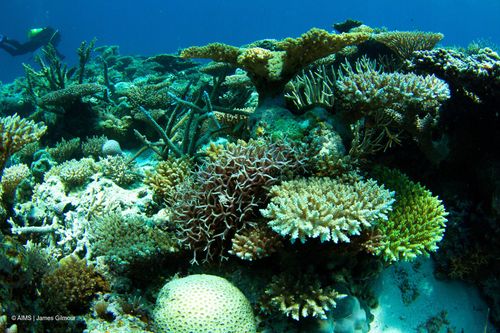
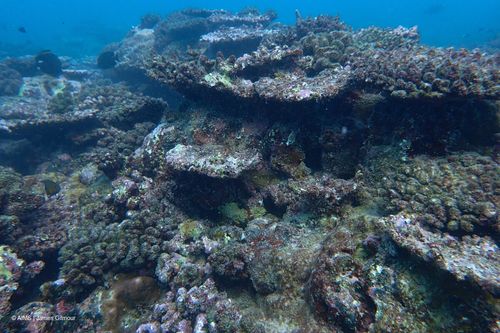
The Australian Institute of Marine Science found it was the “longest, largest and most intense” marine heatwave on record for the state.
The heat stress is believed to beat records set during the 2011 La Nina and the 2016 El Nino on most reefs.
James Gilmour, a senior research scientist, stated that climate change has finally impacted reefs and sections of the coast that had never experienced bleaching before.
“We’ve never witnessed such prolonged and intense heat stress, affecting multiple regions simultaneously, on most of the reefs in Western Australia,” he mentioned.
Gilmour said it was a concerning time for coral reefs in Australia, with the Great Barrier Reef also experiencing an extended mass bleaching.
He also pointed out that climate change is the driving force behind these increasingly frequent, intense, and widespread events, leaving our cherished coral reefs with little time to heal.
“And they need 10 to 15 years to recover fully.”
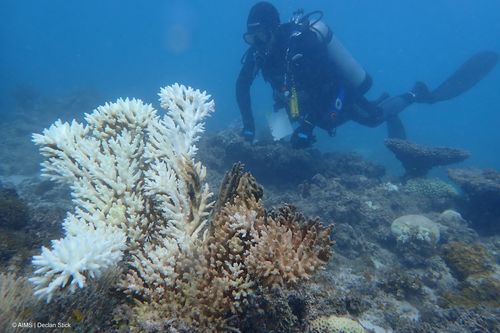
According to the Bureau of Meteorology, global oceans experienced their warmest year on record last year.
Sea surface temperatures in and around Australia were the warmest since records began in 1900.
According to Claire Spillman, leader of the Bureau of Meteorology’s Seasonal and Marine Applications team, the rise in extreme and record-high ocean temperatures is tied to global warming.
